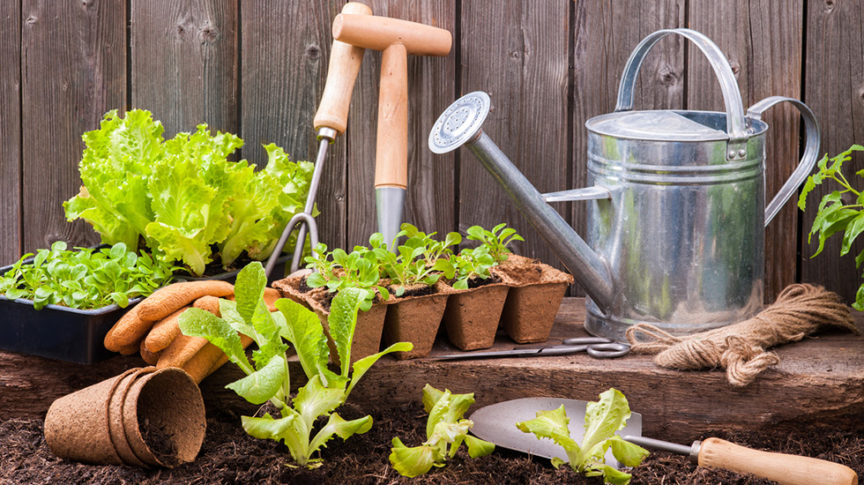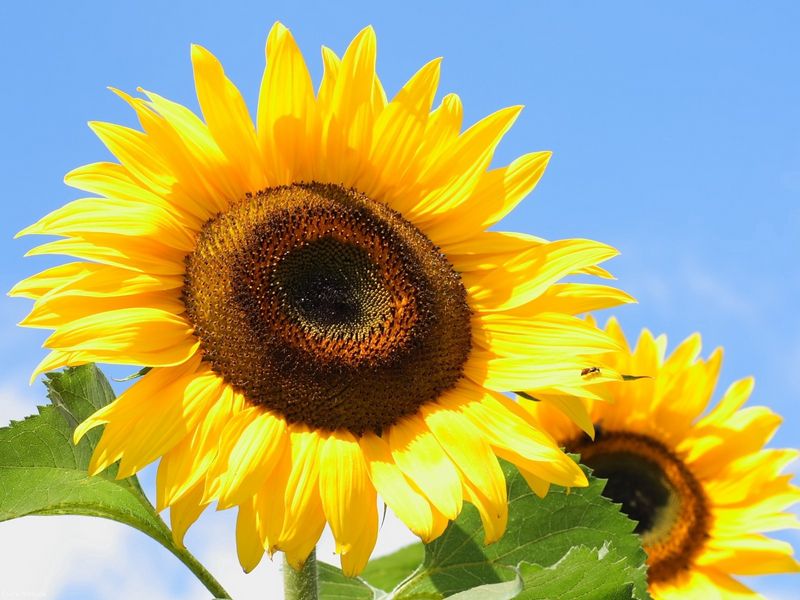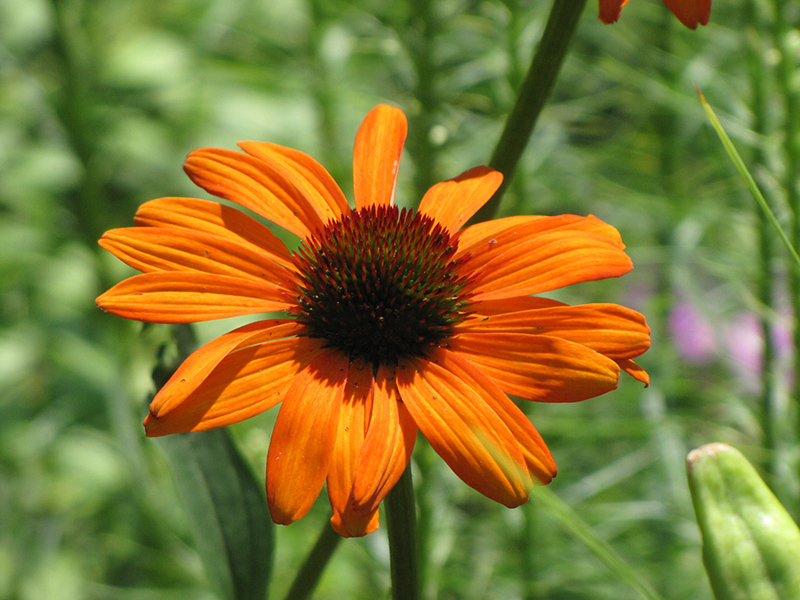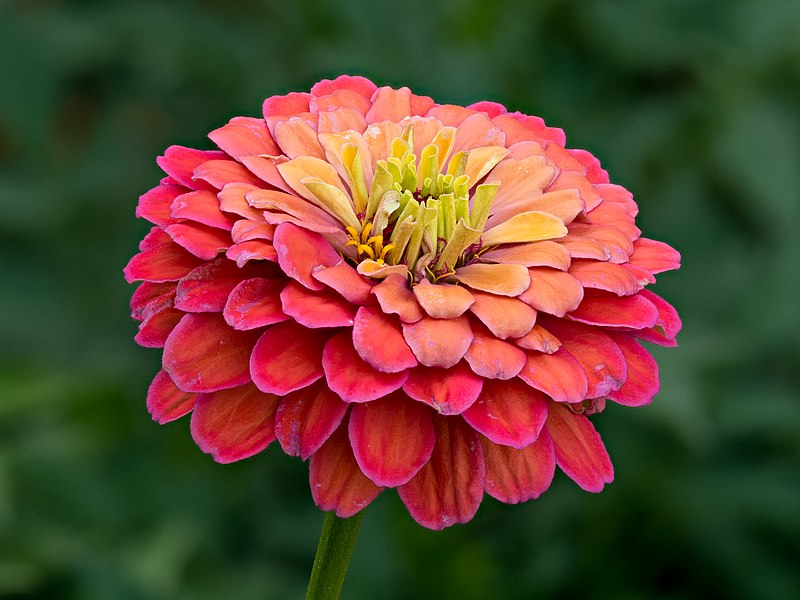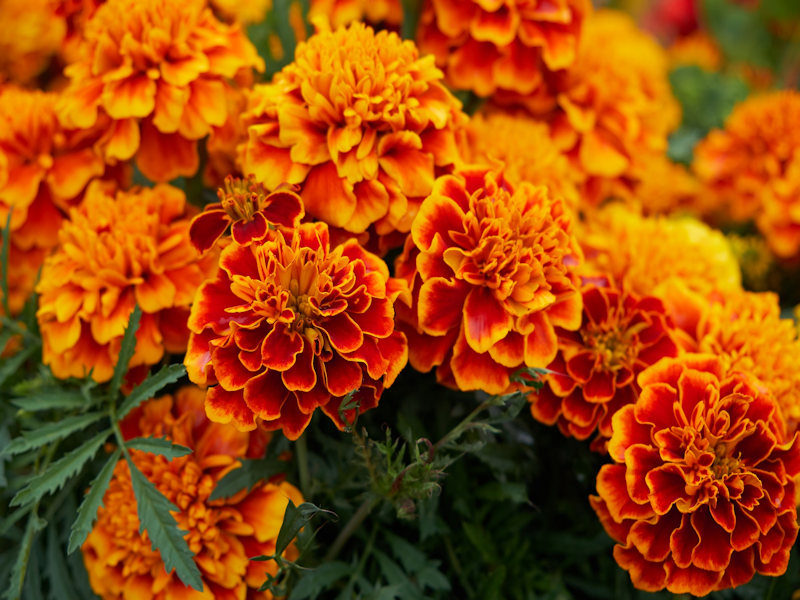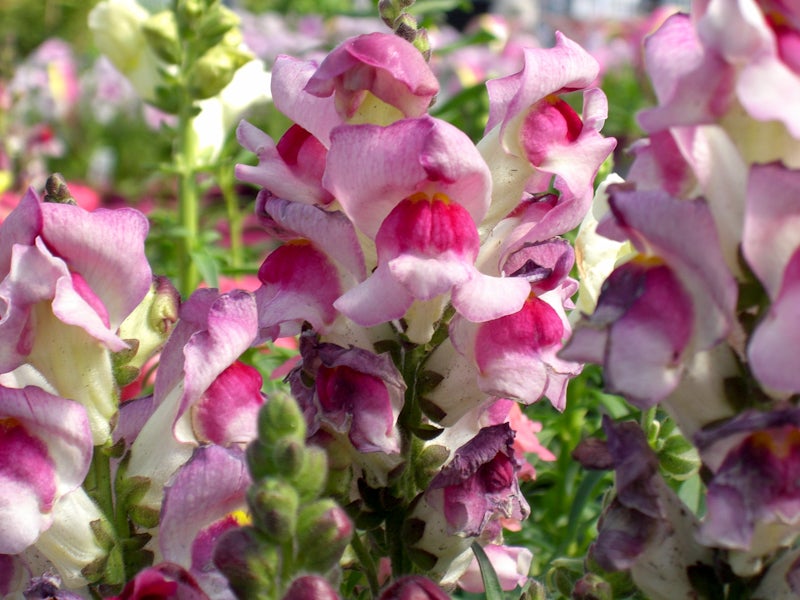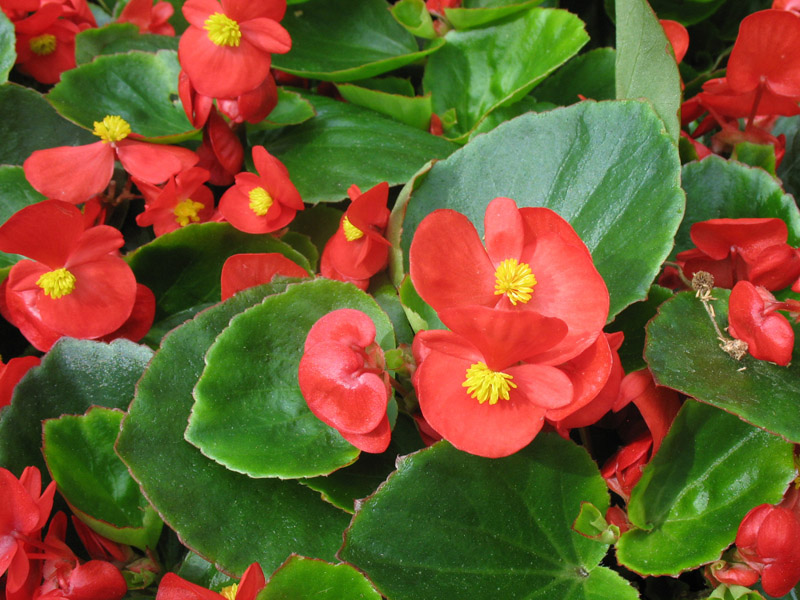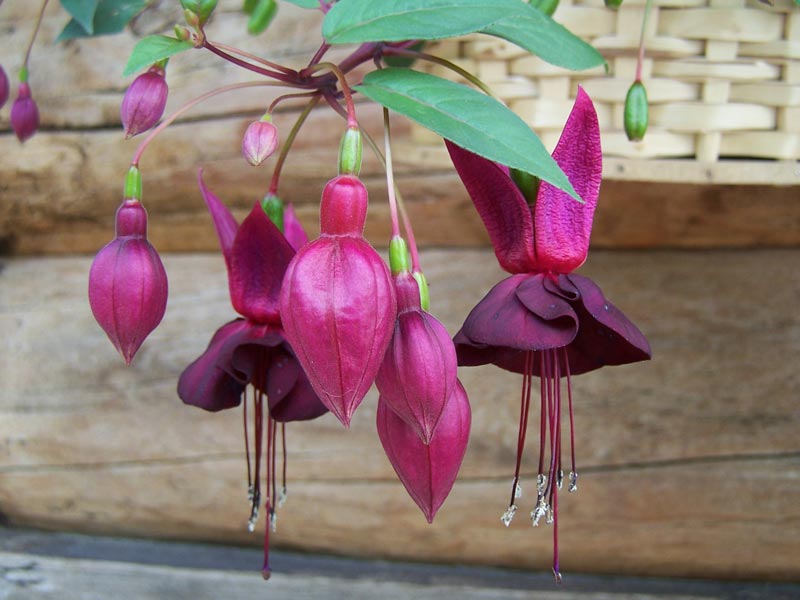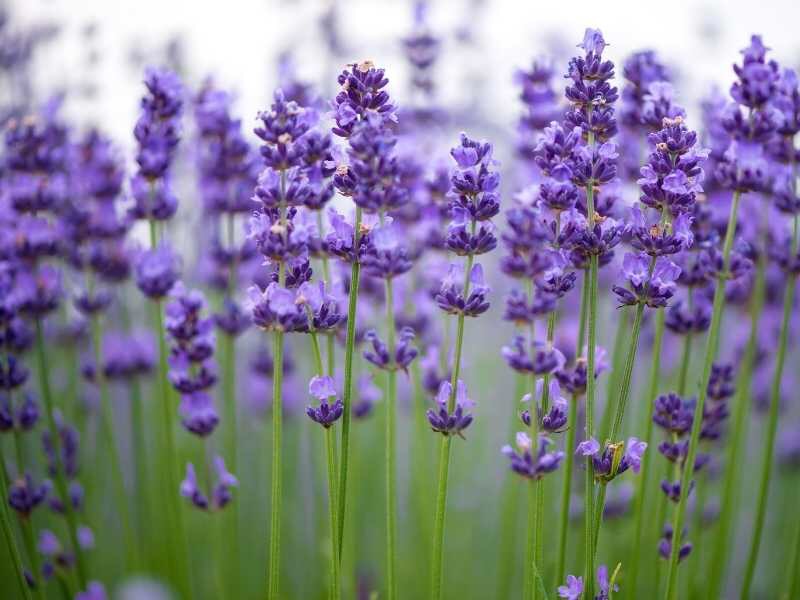Gardening takes a lot of practice to figure out how to get the most from your plants – but it’s a lot fun and very rewarding when everything is growing and blooming!
Because we live in a world where immediate gratification is overflowing, it makes it harder to develop the patience needed for growing different plants – whether we are waiting for flowers to emerge or for that sweet juicy strawberry to be ready for picking and eating.
Planning and preparation will save you time and money in your garden. We can’t control everything and this is okay – but planning ahead can give you a bit of an edge over Mother Nature.
One key to consider before planting your garden is the number of hours of sun each part of your garden will receive throughout the day. You need to consider each plant’s needs during the planning stage. Those plants that require shade or less than 4-6 hours of sun will not survive in full hot sun the whole day. Also, those flowering plants that require at least 6 hours of sun to enable them to produce those bright brilliant blooms, will not thrive in full shade.
Adding pollinators to your plans for your garden is a good thing to consider, especially with flowering plants or trees and bushes that will bear fruit. Planting pollinator plants among your gardens will attract bees and butterflies, which are super beneficial for everyone!
It is important to realize that the soil has a great impact on the health and well being of your plants. If the soil is inadequate, the garden will struggle to reach it’s full potential. There is a lot of information on the internet to help you figure out what type of soil you have, and how to improve it’s quality according to what you wish to plant.
Watering your garden may seem pretty straightforward but underwatering or overwatering will stress your plants and make them vulnerable to insects, diseases and poor production. So how often should you water your garden? In general, when the top few inches of soil begin to dry out and you can’t feel any moisture, it’s time to water. To quickly check, stick your finger in the soil.
Deep watering is more effective as it encourages deeper, stronger root growth. Extreme hot, dry or rainy conditions will impact how often you need to water. Pay attention to the amount of rain and dry spells your area experiences.
If you are planting perennials, then at some point there will be a need for them to be pruned. Being a smart gardener is learning how and knowing when to prune your plants. It is an art that will help the plant concentrate its energy on producing what matters most at the most optimum time for the plant.
Mulching is another key to helping plants thrive. You want a light covering of mulch to help keep the plants cooler in the heat of the summer. The mulch will also help keep weeds down and retain moisture for the plant. Be sure to not put too thick a layer of mulch as you want to avoid the ground from being continually wet, causing conditions that can lead to disease.
Beginner Growing Tips from Miracle-Gro
Here are a few plants that are super easy to grow and will give you long lasting blooms throughout the summer.
Sunflowers
Coneflower
Zinnias
Marigolds
Snapdragons
Waxed Begonias
Fuschia
Lavender

